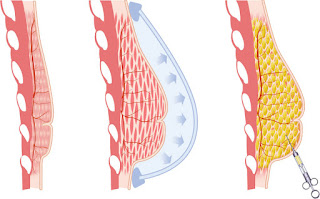Starting from May 1, 2017 in Australia the
National Cervical Screening Program will shift from cervical cytology every two
years, to HPV DNA testing as the sole primary screening test every five years
in women aged 25 to 74 years, together with the implementation of an active HPV
vaccination program.
Conversely in Japan cervical screening using
cytology every two years is still being recommended for population-based and
opportunistic screening. While Canadian guidelines also recommend cervical screening with
cytology every 3
years, in Europe cervical cytology is recommended for women under 30-35 years,
and HPV testing as the sole primary screening test every 5-10 years for women
above 30-35 years. Actually, guidelines do not represent the real situation in
each European country.
In the Netherlands, screening is well organized
and relies on primary HPV testing every 5 years until 40 years of age and every
10 years for women aged 40 and beyond: no screening is provided for women under
30, nor over 60 years of age.
PDF LINK











